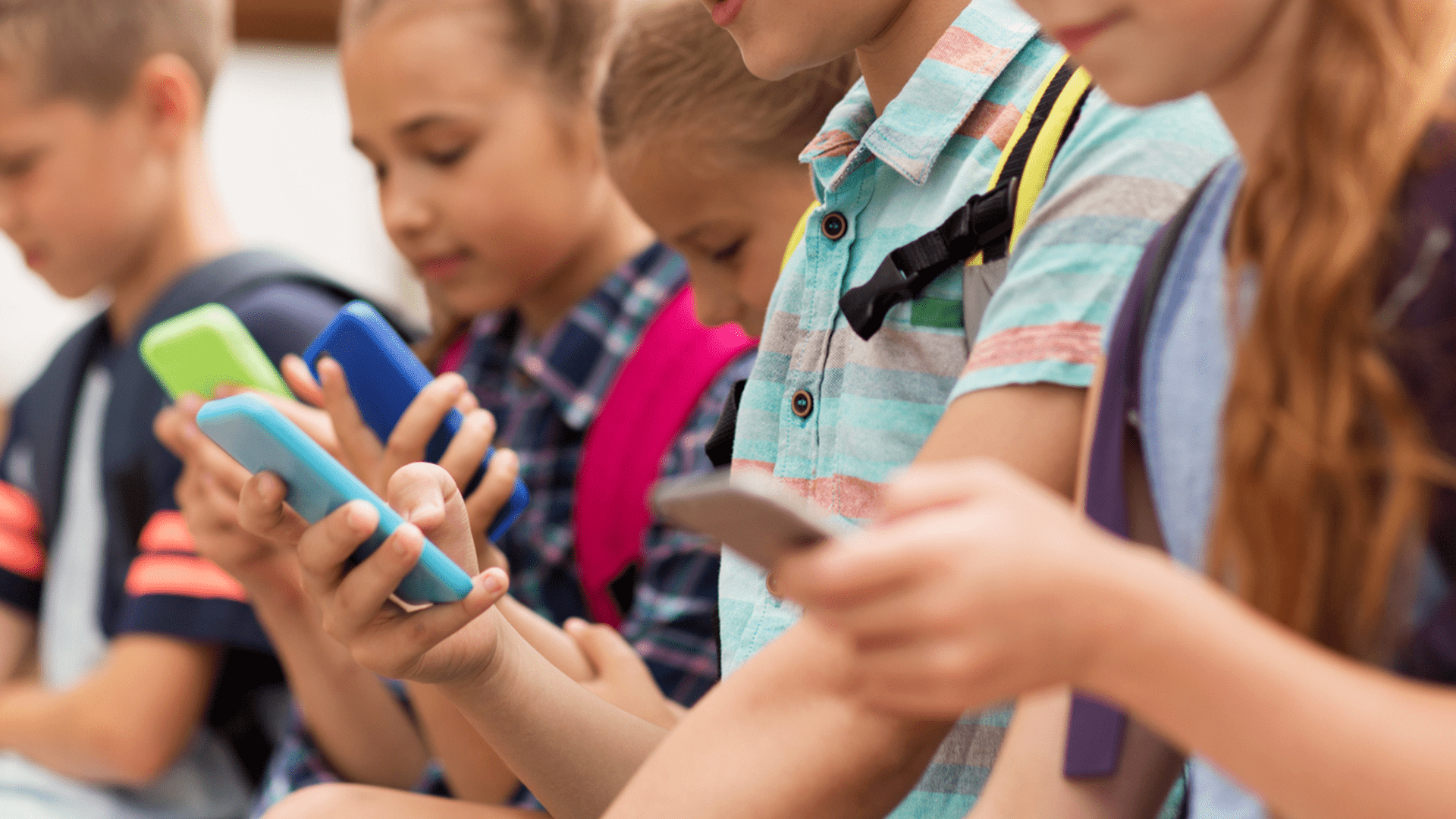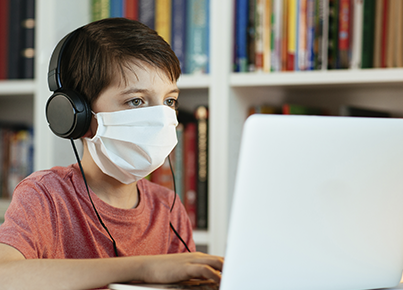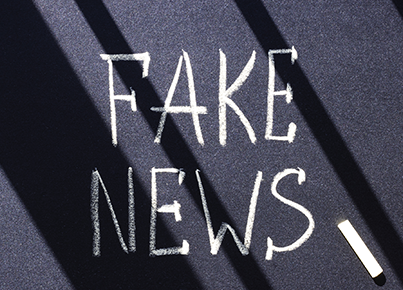Educating for critical thinking in social media
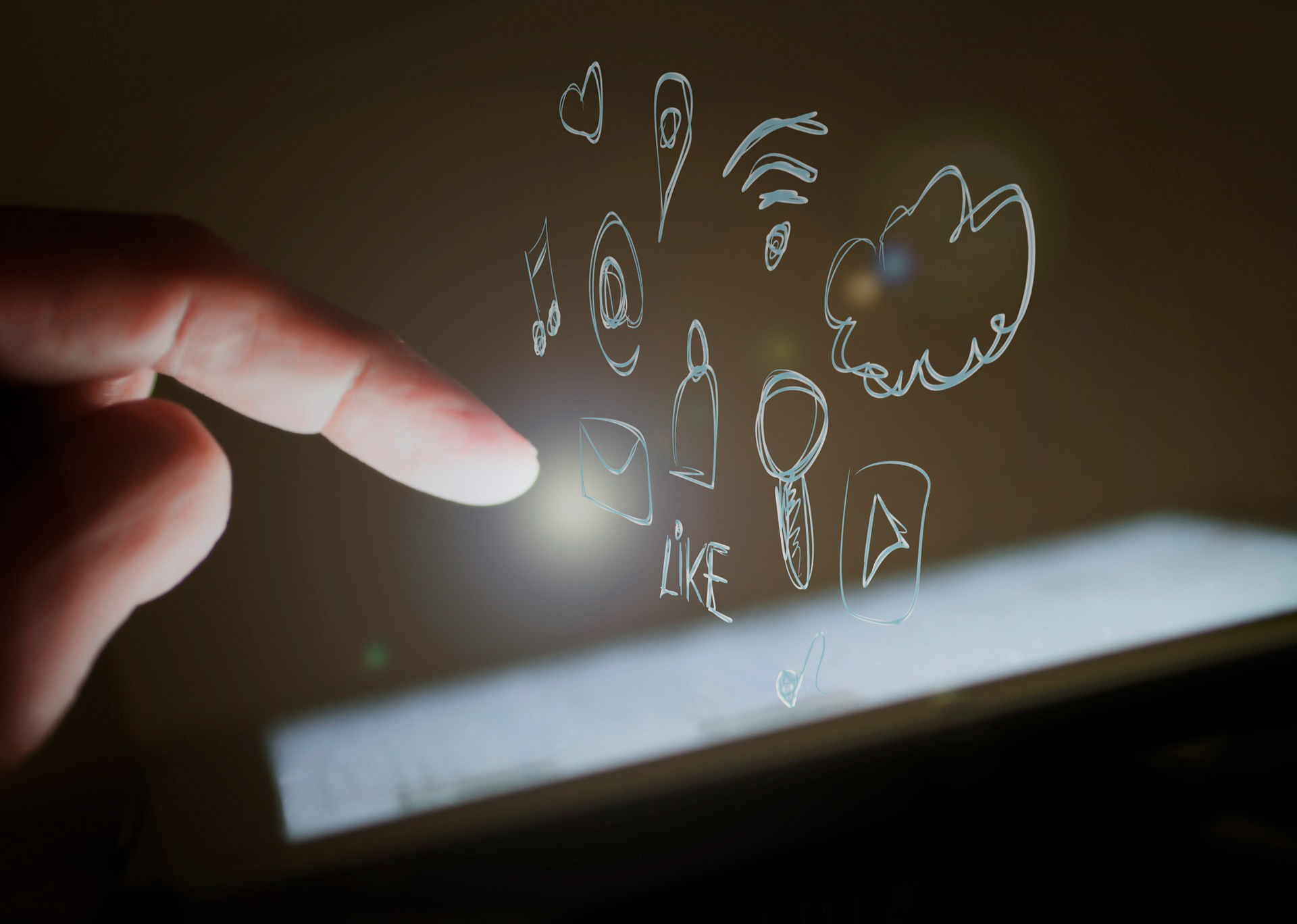
How many hours do young people spend in front of a screen? What do they do? If we ask these two questions to a parent of teenagers, we will surely get a confident answer to the first one. They will say it’s a very long time and they might refer to a specific number of hours. But what about the second question? This one is more complicated.
Do we know what our teenagers do with their cell phones or tablets, what influencers they follow, what messages they get on their social media? Media literacy is about supporting and educating them so they can think critically when using all kinds of media, and have ethical and responsible behavior on these platforms. And this means not leaving them on their own and setting an example.

One of the current key issues of media literacy is, without question, the education of critical thinking on information consumption and production. From an adult-centric view, we make the mistake of thinking that young people are not informed because they don´t read newspapers or don’t consume news on the so-called “traditional” media. However, if we ask them about current key issues, most teenagers can give an answer. They are informed, but they access information in a different way.
.,
.
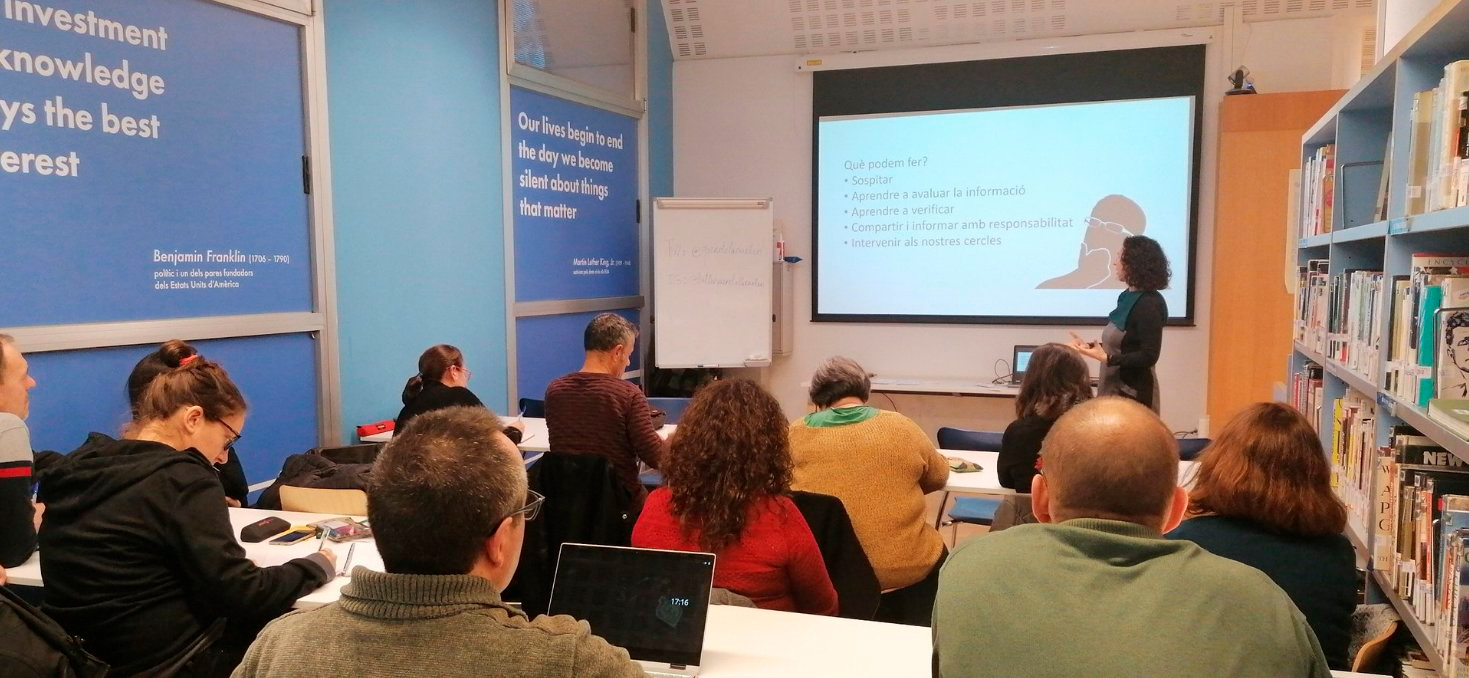
The Digital News Report 2021, a reference study, concludes that 6 out of 10 young people get their information from social media, and 4 out of 10 do it from television. That’s also the picture we get in our workshops about disinformation and digital verification: Learn to Check workshops that for the past 4 years have trained more than 3000 people, most of them young. And why do they get their news from social media? It may be a natural evolution, but there are other factors to consider such as the families’ information model or young people’s distrust of the news media. 47% of young people between 18 and 24 believe there is an unfair media coverage on their generation, according to the Digital News Report 2021.
Young people get informed through social media. And this isn’t a burden; it’s a reality we have to go along with. In Learn to Check, we train them to make them aware that together with good quality, fact checked and contextualized information, social media can also contain false, useless or malicious information. We must learn to handle and, if necessary, to verify this volume of information. Also, we must learn to identify biases on, for example, gender, demographic, or race . Because technology isn’t neutral at all.
We have to teach our youth that being informed is important because it has an impact on their lives. And that disinformation harms everybody. Teachers, educators, families, journalists, as well as all implied stakeholders should be able to train the young to learn to evaluate sources, filter information, identify evidence, propaganda and hate speech, read closely with a critical mind, and get to know useful tools and resources. Educating on critical thinking today is more crucial than ever.


